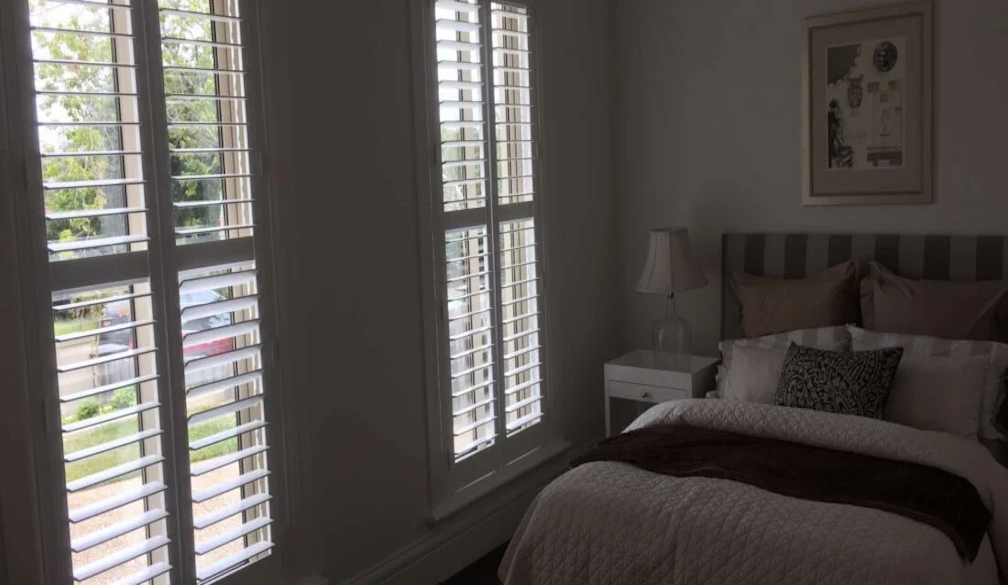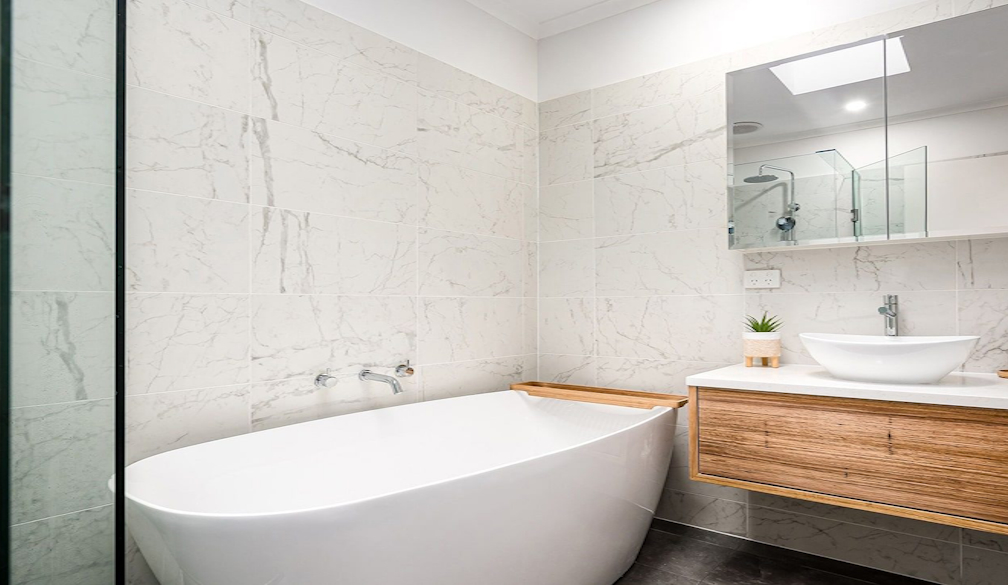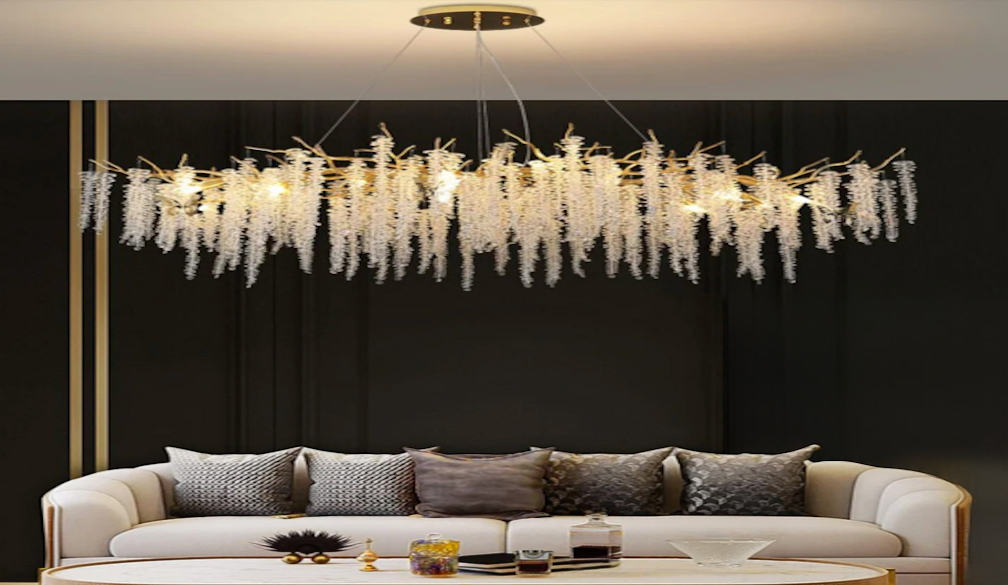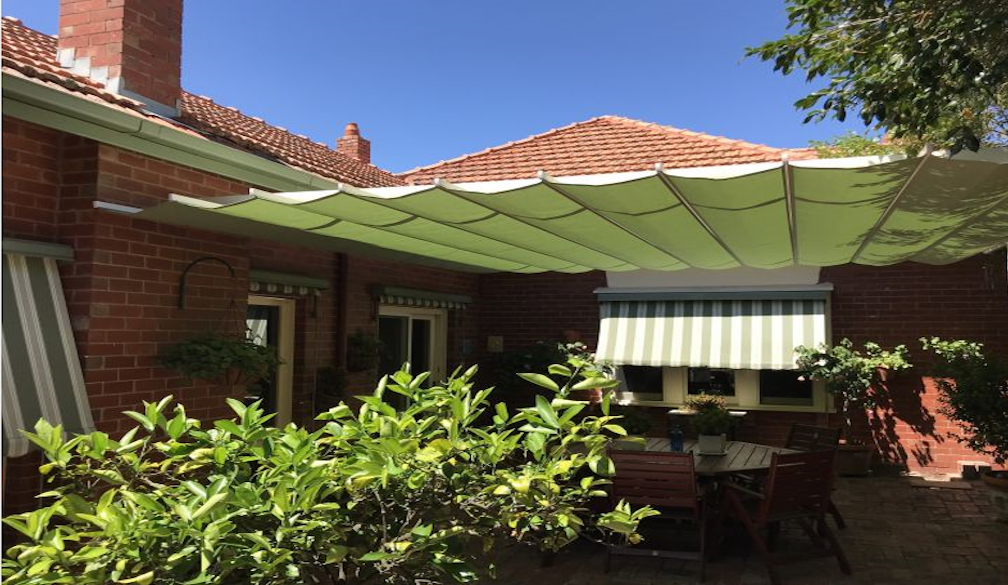Common Mistakes to Avoid When Making Your Own Shutters

Creating your own shutters can be a rewarding DIY project, offering both cost savings and the satisfaction of a personalised touch. However, DIY plantation shutters come with their own set of challenges. To ensure your project is a success, it’s important to be aware of common mistakes and how to avoid them. Here’s a guide to help you navigate the process and achieve professional-looking results with your DIY plantation shutters.
- Inaccurate Measurements
One of the most critical mistakes when making your own shutters is getting the measurements wrong. Accurate measurements are crucial for ensuring that your DIY plantation shutters fit perfectly within your window frames. Before you start cutting or assembling, measure the width and height of your windows multiple times to confirm accuracy. It’s also wise to measure the depth of the window frame to ensure your shutters will fit properly without interfering with the window’s operation.
- Using the Wrong Materials
Choosing the right materials for your DIY plantation shutters is essential for both durability and appearance. Common mistakes include using materials that are not suited for the climate or intended use. For instance, using untreated wood in a high-humidity area like a bathroom can lead to warping and damage. Opt for materials specifically designed for shutter construction, such as hardwood, composite, or marine-grade plywood, to ensure longevity and performance.
- Poor Design Planning
Effective design planning is crucial when creating your own shutters. Failing to plan the design properly can result in mismatched panels, uneven louvres, or non-functional hinges. Before you begin cutting or assembling, sketch out your design and consider factors such as louvre size, panel configuration, and hinge placement. Use templates or guides to help ensure that your design is both aesthetically pleasing and functional.
- Incorrect Assembly Techniques
Proper assembly techniques are key to creating durable and functional DIY plantation shutters. Common mistakes include improper alignment of louvres, incorrect use of screws or fasteners, and poor glue application. Follow detailed assembly instructions and use high-quality hardware to ensure that your shutters are sturdy and operate smoothly. Taking your time during the assembly process and double-checking each step can help avoid these issues.
- Neglecting Finish and Sealing
The finish and sealing of your DIY plantation shutters are essential for both appearance and longevity. Neglecting these steps can result in an unattractive or short-lived product. Ensure that you sand your shutters thoroughly to achieve a smooth surface, and apply a suitable primer and paint or stain. Additionally, use a high-quality sealant to protect the wood from moisture and wear, especially if your shutters will be exposed to varying weather conditions.
- Inadequate Mounting
Mounting your DIY plantation shutters properly is crucial for functionality and appearance. Common mistakes include improper placement of mounting brackets, incorrect alignment of the shutters, and using inadequate screws or anchors. Follow installation guidelines carefully and use a level to ensure that your shutters are mounted straight and secure. Test the operation of your shutters before completing the installation to make sure they open and close smoothly.
- Overlooking Maintenance Needs
Even well-made DIY plantation shutters require regular maintenance to keep them looking their best and functioning properly. Common oversights include not planning for future cleaning or not considering how the shutters will be maintained. Choose materials and finishes that are easy to clean and maintain. Regularly inspect and clean your shutters to prevent dust build-up and ensure that any hardware remains in good working order.
- Skipping the Professional Touch
While DIY projects offer the benefit of personalisation and cost savings, some aspects of shutter construction may benefit from professional input. If you’re unsure about any part of the process or if your project involves complex designs or installations, consider consulting with a professional. They can provide valuable advice and ensure that your DIY plantation shutters meet high-quality standards.
Conclusion
Making your own plantation shutters can be a fulfilling and cost-effective project, but it’s important to avoid common mistakes to ensure a successful outcome. By carefully measuring, selecting the right materials, planning your design, and following proper assembly and finishing techniques, you can create beautiful and functional shutters that enhance your home’s aesthetic. Taking the time to address these potential pitfalls will help you achieve professional-looking results and enjoy the benefits of your DIY project for years to come.



